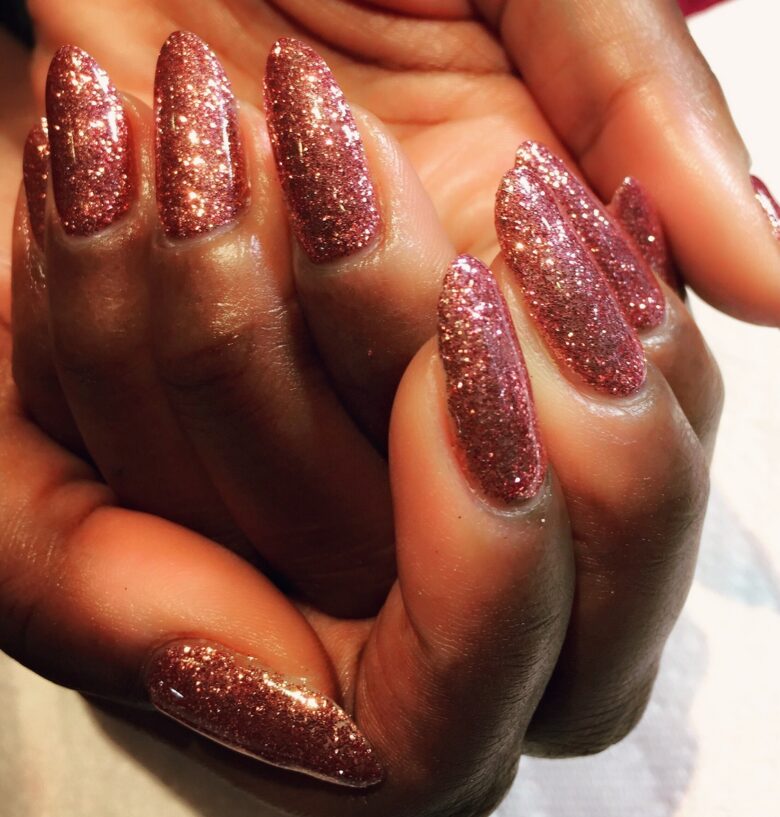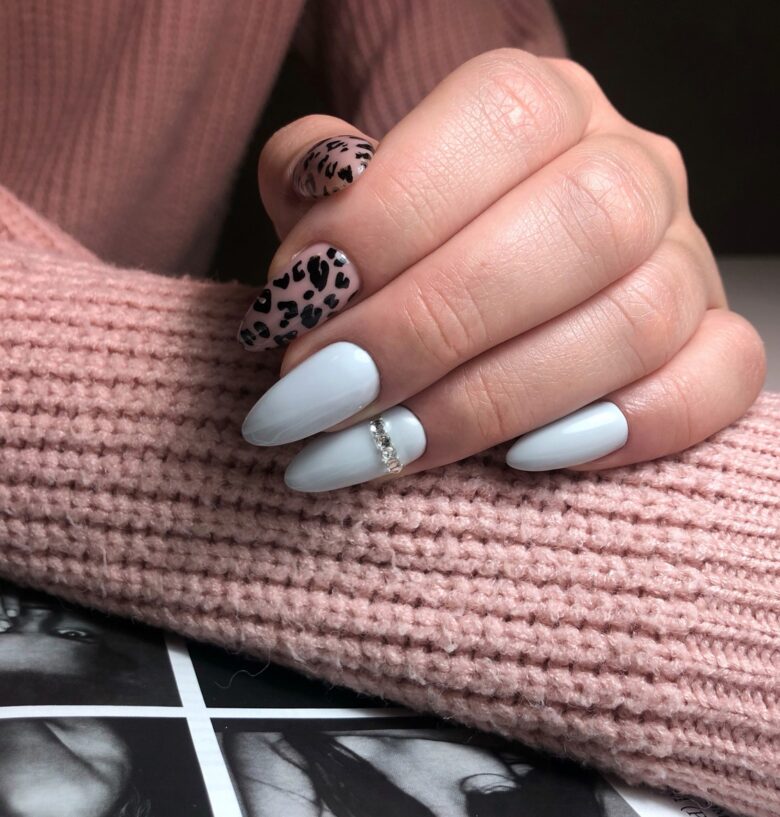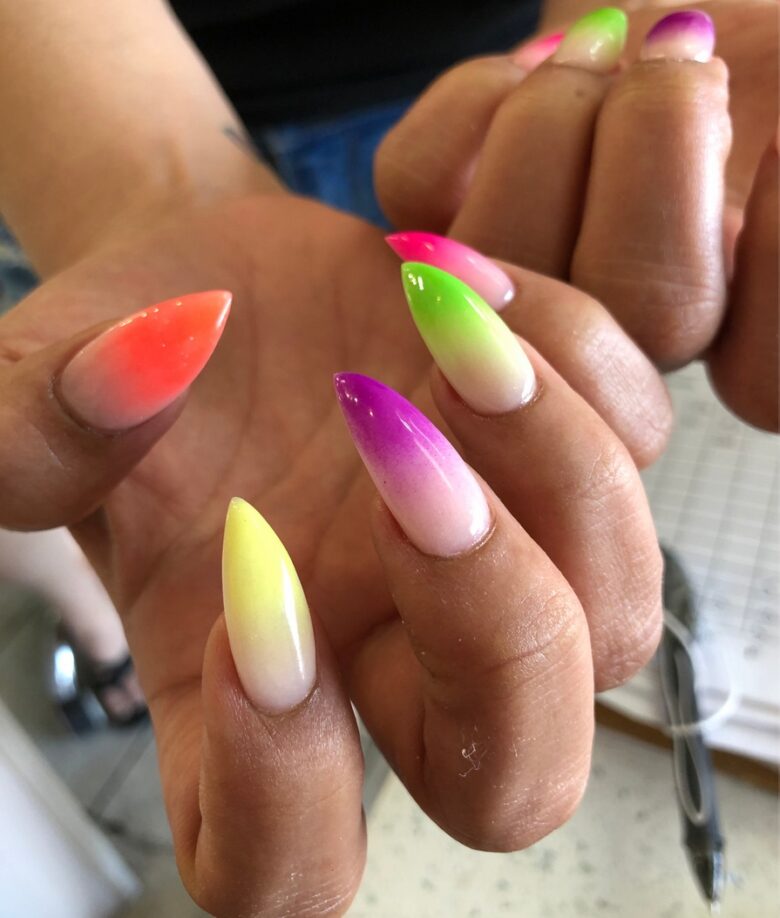For thousands of years, people have used nail art as a common means of expression and nail art has gradually become modern, getting your manicure done becomes easier just by one click. People have been decorating their nails with different patterns, colors, and accents from ancient times to the present. In this essay, we’ll look at the interesting history of nail art, from its beginnings in ancient civilizations to its status as a growing business today.
Contents
So how has the nail industry evolved over the decades, how has manicure become more convenient?
Earlier times
Nail art is a tradition that dates back to eras of ancient civilization in places like Egypt, China, and India. Both men and women frequently used henna to tint their nails in ancient Egypt. Henna is a reddish-orange plant-based dye that has been used for a variety of things, including nail art.
The ruling class in China also enjoyed wearing nail art. During the Ming Dynasty, egg whites, beeswax, and flower petals were mixed together and used to make designs on women’s nails. In India, henna was often used for nail art because it was thought to be a sign of beauty and wealth.

Source: canva.com
Period of time
The noble class was mostly excluded from nail art during the Middle Ages. Noblewomen would decorate their nails with gold and silver to denote their riches and social standing. Around this time, it also became common to paint one fingernail red because it was thought to represent vigor and good health.
Renaissance
Nail art spread among the general populace more throughout the Renaissance era. Women frequently combined beeswax and egg whites to give their nails a polished, bright appearance. To add color and create complex patterns, they would also utilize a variety of natural dyes.
A century ago
Because of the expansion of the beauty business in the 1920s, the use of nail polish rose in popularity. A French beauty artist named Michelle Menard created the first nail paint in 1920. She made a clear, shiny nail polish that was advertised as a way to show off the natural beauty of nails.
Bold and vivid nail colors gained popularity in the 1930s, and nail art started to develop into a more complex form of self-expression. In the 1950s, when stars like Marilyn Monroe and Audrey Hepburn were on the big screen, nail art had become a sign of Hollywood elegance.

Source: canva.com
Present day
Nail art is a growing business because millions of people all over the world now add designs, colors, and accessories to their nails. Salons offer a wide range of services, from simple manicures and pedicures to complicated nail art with rhinestones, glitter, and other decorations.
The rise of online platform has also had a big effect on how popular nail art has become. Khoan Quang Vinh and Tran Quang, both saw the shortcomings of the nail industry and created Maby – an easier step in making nails for customers. Nail artists have found that Maby is a great place to show off their work and connect with others in their field. Several nail designs and salons will appear just by opening the app.
In recent years, more artists and salons have been making designs that look good on a wide range of skin tones and nail shapes. This has made nail art more varied. Many in the industry have embraced this shift toward inclusivity because they think that everyone should have access to the joy and self-expression that nail art can bring.
Nail art, whether it be a straightforward manicure or a complex design, continues to be a well-liked method of creativity and self-expression for people all over the world.
DIY nail art and its popularity
DIY nail art has become increasingly popular over the years as a fun and creative way to express personal style. With the rise of social media and online tutorials, more and more people are trying their hand at creating unique nail designs at home.
One of the main advantages of DIY nail art is its affordability. Rather than paying for expensive salon treatments, individuals can create their own nail art designs using inexpensive nail polish, tools, and accessories. This allows for a wider range of experimentation and creativity without breaking the bank.
DIY nail art has also become a popular activity for social gatherings and bonding experiences. Friends and family members can get together to experiment with different designs, share tips and tricks, and have fun with each other.
The popularity of DIY nail art has also sparked the creation of online communities and forums dedicated to sharing and discussing new designs and techniques. This has helped to democratize the industry and make nail art accessible to everyone.
Overall, DIY nail art has become a fun and creative way for individuals to express their personal style and showcase their creativity, without the need for expensive salon treatments or professional services.

Source: canva.com
The future of nail art and emerging trends
One of the emerging trends in nail art is the use of new materials and techniques. Artists are experimenting with new materials such as 3D printing, holographic foils, and magnetic polishes to create unique and eye-catching designs. In addition, new techniques such as negative space and freehand designs are becoming more popular, allowing for even more creative expression.
Another emerging trend is the use of eco-friendly and sustainable products. With growing concerns over the environmental impact of the beauty industry, many nail artists are embracing natural and sustainable materials, as well as cruelty-free and vegan products.
Technology is also playing an increasingly important role in the future of nail art. Smart nail technology, such as stickers that change color based on temperature or pressure, is becoming more popular. In addition, augmented reality and virtual try-on tools are allowing individuals to preview different art designs before committing to a particular style.
Finally, art is becoming more inclusive, with artists and designers creating designs that cater to a wider range of skin tones and body types. This inclusivity is helping to break down traditional beauty standards and promote self-expression and individuality.
